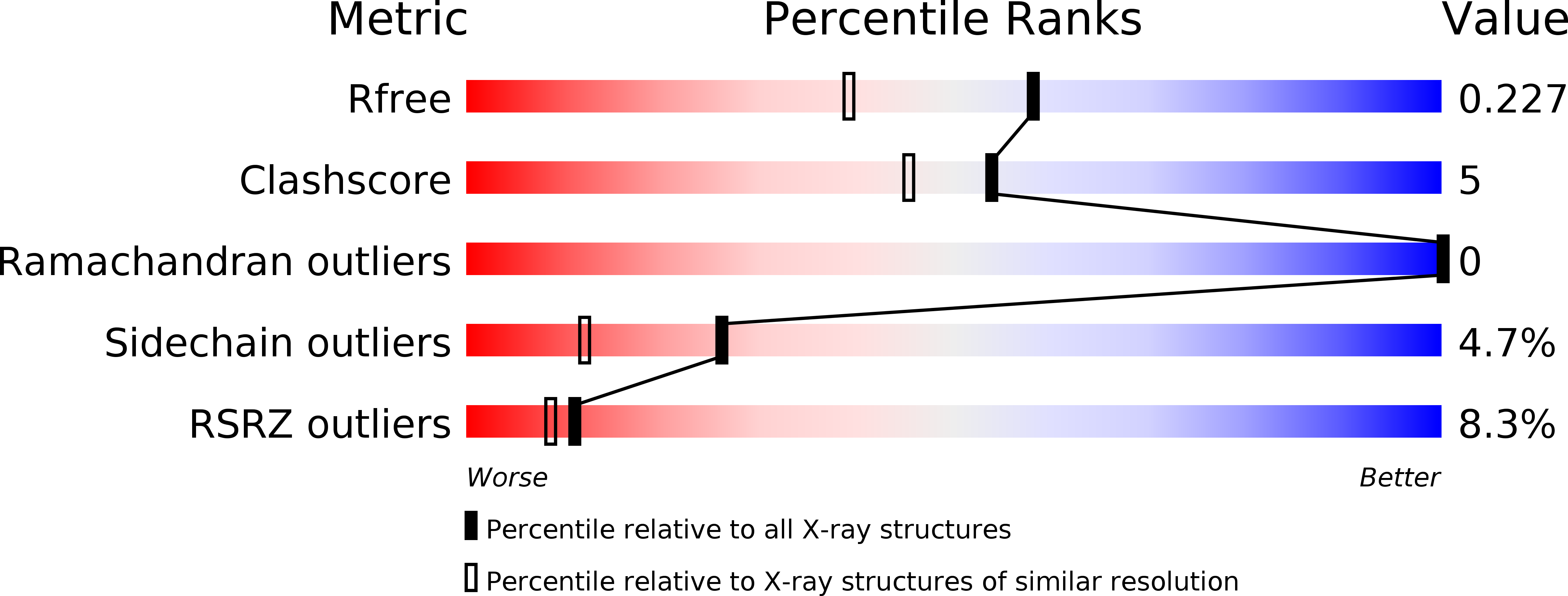
Deposition Date
2003-09-03
Release Date
2004-03-18
Last Version Date
2025-10-01
Entry Detail
PDB ID:
1UMZ
Keywords:
Title:
Xyloglucan endotransglycosylase in complex with the xyloglucan nonasaccharide XLLG.
Biological Source:
Source Organism:
POPULUS TREMULA (Taxon ID: 113636)
Host Organism:
Method Details:
Experimental Method:
Resolution:
1.80 Å
R-Value Free:
0.22
R-Value Work:
0.20
R-Value Observed:
0.20
Space Group:
P 63


